Monschau is mustard central. There's an old mustard mill here and a shop selling the stuff in more different flavours than you could imagine: fig, Riesling, orange, green pepper, honey. to name but a few. Oh, and "English currry". Stopping for a lunchtime snack on a long hike I even tried traditional Monschau mustard soup which was fine, though perhaps not one of life's memorable delicacies.
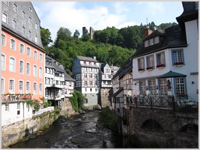 As stopovers go it was a happy choice. It's a small town on the edge of the Eifel National Park, near the German city of Aachen and not far over the border from Belgium. It is full of the sound of rushing water and half timbered houses, some faced with slate, some over 300 years old, which jostle for space in the narrow river valley. It owes its wealth not to mustard but to woollen cloth making. What with the need to find room for a loom space was at such a premium in some weavers' houses that young children slept in cots hoisted up towards the ceiling beams. That cannot have been a problem for Johannes Scheibler, however. In the 18th century he opened what is claimed to have been the first factory in Europe enabling the whole process of wool fabric production to be conducted in one complex. His rococo mansion, the Red House, which was completed in 1765, is now a museum full of antiques, including a brass pump for sucking up water from the river. With its elegant facade and astonishing free standing spiral carved staircase of carved, dark oak, it stands disdainfully aloof from the elbowing crowd of buildings nearby.
As stopovers go it was a happy choice. It's a small town on the edge of the Eifel National Park, near the German city of Aachen and not far over the border from Belgium. It is full of the sound of rushing water and half timbered houses, some faced with slate, some over 300 years old, which jostle for space in the narrow river valley. It owes its wealth not to mustard but to woollen cloth making. What with the need to find room for a loom space was at such a premium in some weavers' houses that young children slept in cots hoisted up towards the ceiling beams. That cannot have been a problem for Johannes Scheibler, however. In the 18th century he opened what is claimed to have been the first factory in Europe enabling the whole process of wool fabric production to be conducted in one complex. His rococo mansion, the Red House, which was completed in 1765, is now a museum full of antiques, including a brass pump for sucking up water from the river. With its elegant facade and astonishing free standing spiral carved staircase of carved, dark oak, it stands disdainfully aloof from the elbowing crowd of buildings nearby.
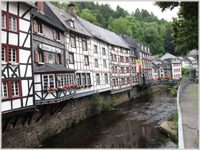 To arrive in Monschau after a stressful drive of some five hours from Calais (is tailgating part of the Belgian driving test?) was blessed relief, even though the satnav stubbornly refused to guide us to the Linderhof, or very pleasant hotel about ten minutes' walk from the centre. Frustration at discourtesy on the motorway was quickly eased with chilled beers and a dish of Pfifferlinge (those tiny wild mushrooms the French call chanterelles), served with butter noodles at an outside table overlooking the river Rur.
To arrive in Monschau after a stressful drive of some five hours from Calais (is tailgating part of the Belgian driving test?) was blessed relief, even though the satnav stubbornly refused to guide us to the Linderhof, or very pleasant hotel about ten minutes' walk from the centre. Frustration at discourtesy on the motorway was quickly eased with chilled beers and a dish of Pfifferlinge (those tiny wild mushrooms the French call chanterelles), served with butter noodles at an outside table overlooking the river Rur.
Next day we walked a stretch of the Eifelsteig, an immaculately waymarked long distance footpath, climbing steeply from the lovely town market place, past the cemetery – it must have been a sweat carrying coffins up there, to get a view of the rooftops. Standing out were the Catholic and Evangelical churches, the former 17th century and unexpectedly the more austere, the latter dating from 1787, when freedom of worship was introduced, with a golden swan mounted on its onion dome.
Onward then past banks bright with pink orchids, foxgloves, marguerites and vetch, the path winding between bilberry bushes, the berries still green until we crossed the village of Hoefen into rolling farmland, where horses and fat, sleek cattle grazed. In this dreaming landscape it was all to easy to miss a crucial turning. We wound up in a village way off course, facing a slog of several extra kilometres to regain our intended route. My wife said she didn't fancy the bonus hike. Could we catch a bus back? And lo, right there where we debated, was a stop and as if by magic a bus heading for Monschau. Some days you know your luck's in.
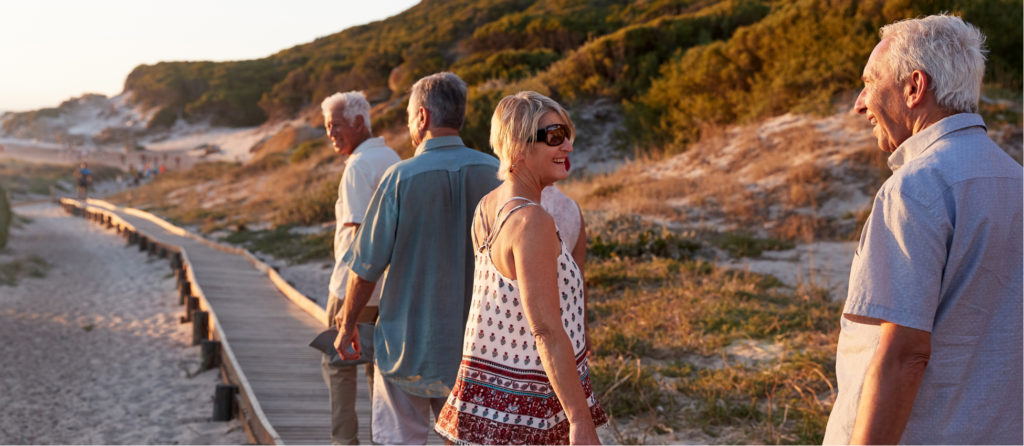
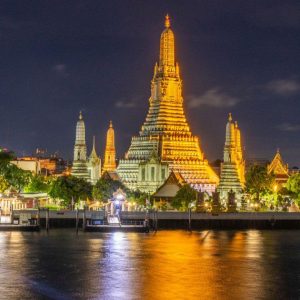
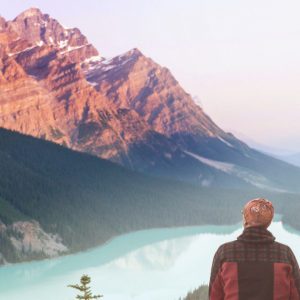
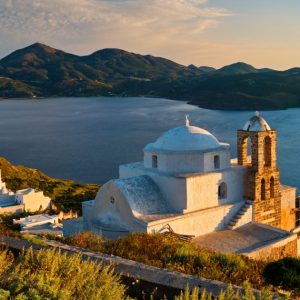
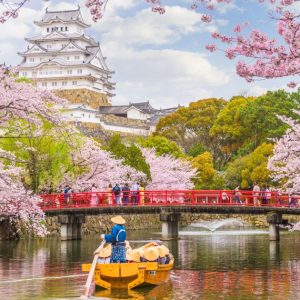


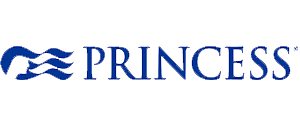
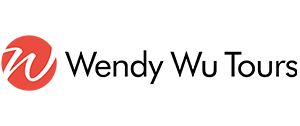
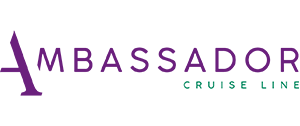
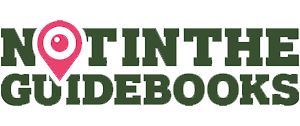
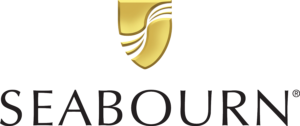
One Response
What a delightful read! This article on Monschau, Germany, is a captivating blend of travelogue and cultural exploration. Thank you for sharing this charming journey—it left me yearning to explore